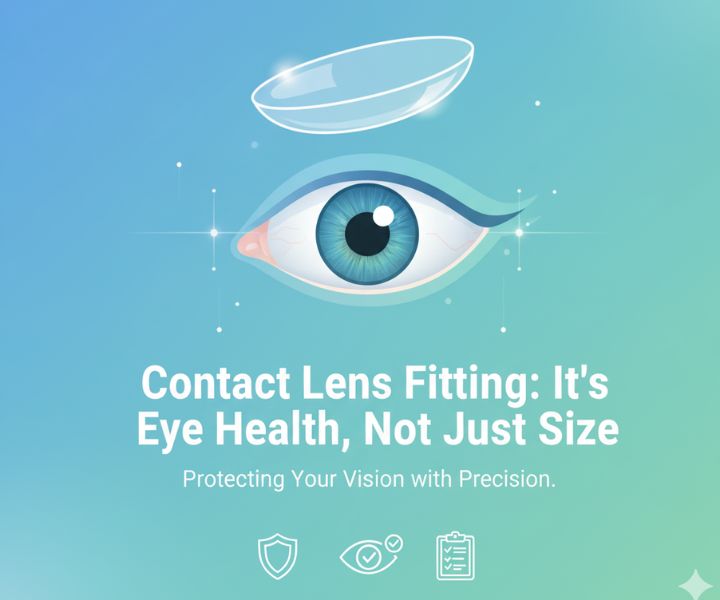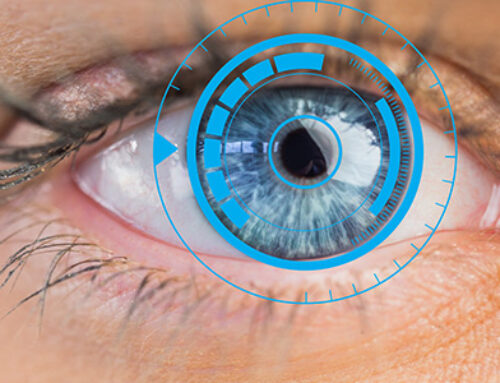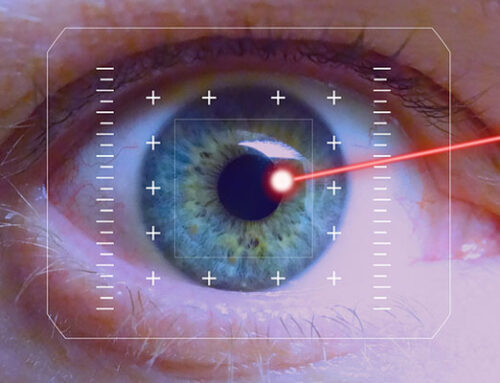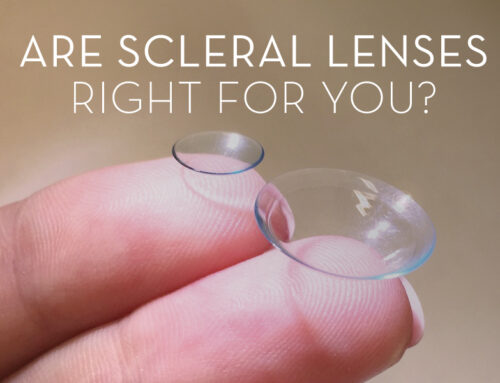Contact Lens Fitting: It’s For Eye Health, Not Just Size
For many people, contact lenses are a convenient and comfortable alternative to glasses. But if you’re thinking about switching to contacts—or you already wear them—it’s important to understand that getting the right pair involves more than just knowing your prescription.
A contact lens fitting is a crucial step that ensures your lenses fit properly, feel comfortable, and keep your eyes healthy in the long run. It’s much more than a quick measurement.
Contact Lenses Aren’t One-Size-Fits-All
Unlike eyeglasses, which sit a few millimeters in front of your eyes, contact lenses rest directly on your eye’s surface. That means they need to match the shape and curvature of your cornea, not just your vision correction needs.
During a fitting, your eye doctor will:
- Measure the curve and diameter of your cornea
- Assess the size of your pupils and iris
- Evaluate the health of your tear film (to see if your eyes produce enough moisture)
These details help determine the right lens size and material for your eyes. Wearing lenses that don’t fit well can lead to discomfort, blurry vision, and even eye infections or corneal damage over time.
Comfort and Vision Go Hand in Hand
A fitting also helps make sure your lenses stay comfortable throughout the day. Even small differences in how a lens fits can affect how well it moves on your eye and how much oxygen reaches your cornea.
Your doctor may try a few different trial lenses during your appointment. This isn’t about upselling—it’s about finding the one that gives you clear, stable vision without dryness, irritation, or strain.
Protecting Your Eye Health
Another reason contact lens fittings are so important is that they give your doctor a chance to check your overall eye health. They’ll look for signs of eye conditions, dryness, or allergies that could affect your ability to wear contacts safely.
They’ll also go over hygiene and care instructions, because proper cleaning and handling are key to avoiding eye infections.
Regular Follow-Ups Matter
Even after your first fitting, follow-up appointments are essential. Your eyes can change over time, and a lens that fit perfectly last year might not be the best fit now. Routine check-ins help catch any problems early and keep your eyes healthy.
The Bottom Line
A contact lens fitting is about so much more than getting your prescription. It’s about customizing your lenses to your unique eyes, keeping them comfortable, and protecting your long-term eye health.
If you’re thinking about trying contacts, or if it’s been a while since your last fitting, scheduling an exam is the best way to make sure your eyes get the care they deserve.








